- Joined
- Jan 7, 2009
- Messages
- 10,209
Hi fellow PS'ers!
This thread is dedicated to looking at an analyzing Radiant cut diamonds.
Many thanks to Ella and Andrey - PS management- for supporting this type of discussion.
None of the demonstration diamonds are offered for sale- none are going to be identified as belonging to any particular seller- thereby allowing open discourse including our trade members.
The first example is a rectangular radiant that I am proposing is a stellar example of the breed.
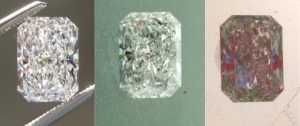
Here's some of the aspects I feel are crucial to me, and shoppers, when purchasing a Radiant Diamond- I'm sure we'll add to this list:
*) I love a bright stone with minimal dark areas. In a stone like the one above, the light is bouncing around in such a manner that the light reflected off the pavilion facets bounces a few times before coming back to your eye. The effect has been described visually as a "bottomless bucket of crushed ice". Because you can't see the bottom of the diamond as you can in a well cut RBC, the effect is like a house of mirrors- you can't find the bottom.
There's varying degrees of how this plays out- sometimes a few of the pavilion facets stay in focus, and combine with the jumble of reflected light. This creates areas of contrast combined with scintillation.
I personally dislike stones with large static dark areas- either the "bow tie" effect, which darkens the stone at the edges from about 2-4, and 8-10 oclock- this dark area can also be larger or smaller. Many well cut stones show this in a static pose, but in motion it's no problem at all.
Also on my list to avoid are stones with dark areas on the center- like a hole in the middle.
Were looking for workable "bad" examples to show.
*) spread- how large does a 2ct diamond look? If I take out the diamond out of the paper and think...1.75, but it weighs 2.00cts, I am not happy. As we delve more deeply into the details, we can see that the cutter needs to make choices about exactly what to aim for. I do not discount the fact that some people have a "mind clean" issue about weight- they need to have a 2ct , for example- NOT a 1.99ct.
If that 2ct stone has cut deficits in cut as described above, it's a no no for me.
BUT- part of what we will discover is that there needs to be, at times, judgement calls.
Say a stone is 2.00ct and well cut- as opposed to a 1.90 that is incredibly well cut.
This is where judgement comes into play.
We all know "cut is king"- which may be true, till you actually have to buy a real life diamond. Then we may find that "cut is king"- but the queen wants SIZE.
Radiant cut is far more....versatile than round- IOW- there's a gazillion different variations- where a round basically follows a narrow range.
The point is, there's a far greater selection in terms of visual flavors of a radiant cut as compared to a round.
SO- if the queen decides the 2ct is her flavor, it's not a "wrong" choice, even if the 1.90 is a better cut.
More to come- let's get this party started!!
This thread is dedicated to looking at an analyzing Radiant cut diamonds.
Many thanks to Ella and Andrey - PS management- for supporting this type of discussion.
None of the demonstration diamonds are offered for sale- none are going to be identified as belonging to any particular seller- thereby allowing open discourse including our trade members.
The first example is a rectangular radiant that I am proposing is a stellar example of the breed.

Here's some of the aspects I feel are crucial to me, and shoppers, when purchasing a Radiant Diamond- I'm sure we'll add to this list:
*) I love a bright stone with minimal dark areas. In a stone like the one above, the light is bouncing around in such a manner that the light reflected off the pavilion facets bounces a few times before coming back to your eye. The effect has been described visually as a "bottomless bucket of crushed ice". Because you can't see the bottom of the diamond as you can in a well cut RBC, the effect is like a house of mirrors- you can't find the bottom.
There's varying degrees of how this plays out- sometimes a few of the pavilion facets stay in focus, and combine with the jumble of reflected light. This creates areas of contrast combined with scintillation.
I personally dislike stones with large static dark areas- either the "bow tie" effect, which darkens the stone at the edges from about 2-4, and 8-10 oclock- this dark area can also be larger or smaller. Many well cut stones show this in a static pose, but in motion it's no problem at all.
Also on my list to avoid are stones with dark areas on the center- like a hole in the middle.
Were looking for workable "bad" examples to show.
*) spread- how large does a 2ct diamond look? If I take out the diamond out of the paper and think...1.75, but it weighs 2.00cts, I am not happy. As we delve more deeply into the details, we can see that the cutter needs to make choices about exactly what to aim for. I do not discount the fact that some people have a "mind clean" issue about weight- they need to have a 2ct , for example- NOT a 1.99ct.
If that 2ct stone has cut deficits in cut as described above, it's a no no for me.
BUT- part of what we will discover is that there needs to be, at times, judgement calls.
Say a stone is 2.00ct and well cut- as opposed to a 1.90 that is incredibly well cut.
This is where judgement comes into play.
We all know "cut is king"- which may be true, till you actually have to buy a real life diamond. Then we may find that "cut is king"- but the queen wants SIZE.
Radiant cut is far more....versatile than round- IOW- there's a gazillion different variations- where a round basically follows a narrow range.
The point is, there's a far greater selection in terms of visual flavors of a radiant cut as compared to a round.
SO- if the queen decides the 2ct is her flavor, it's not a "wrong" choice, even if the 1.90 is a better cut.
More to come- let's get this party started!!

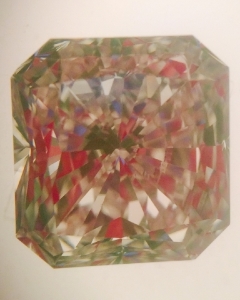
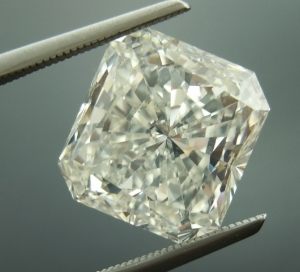

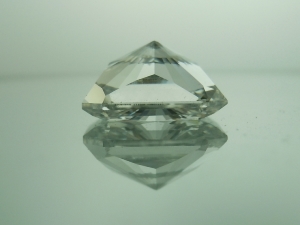
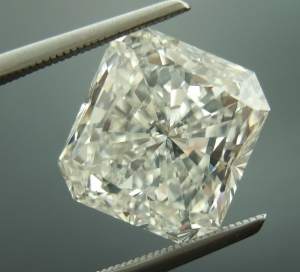
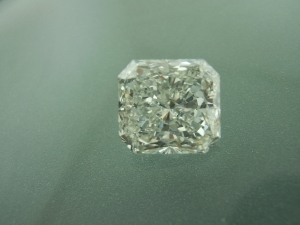
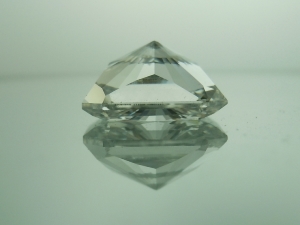


300x240.png)